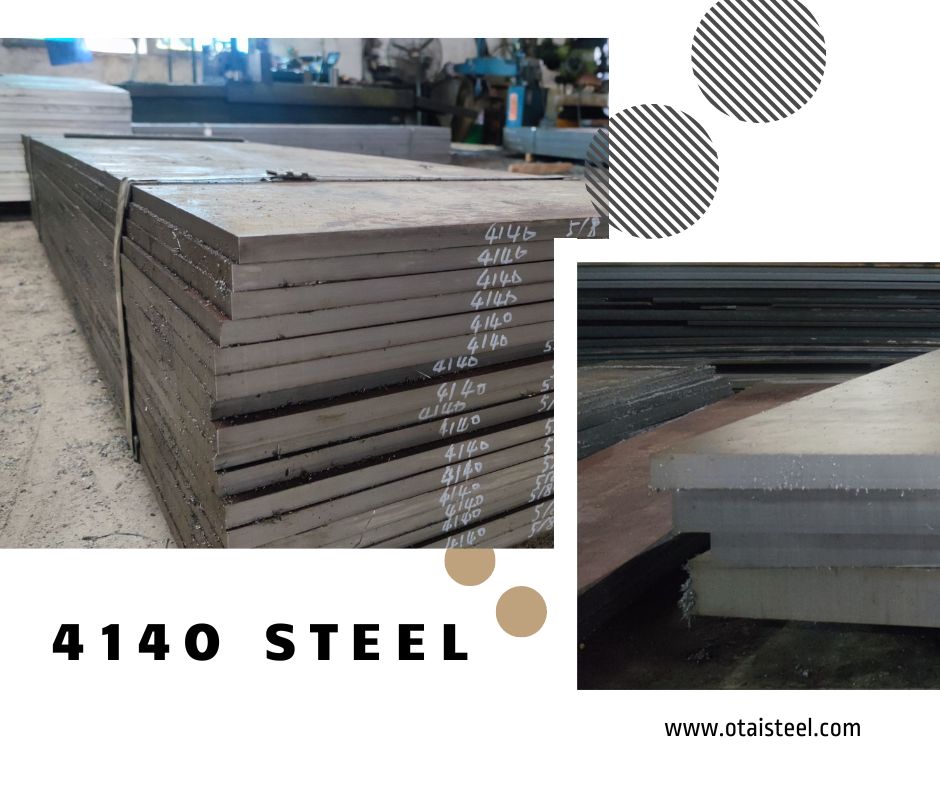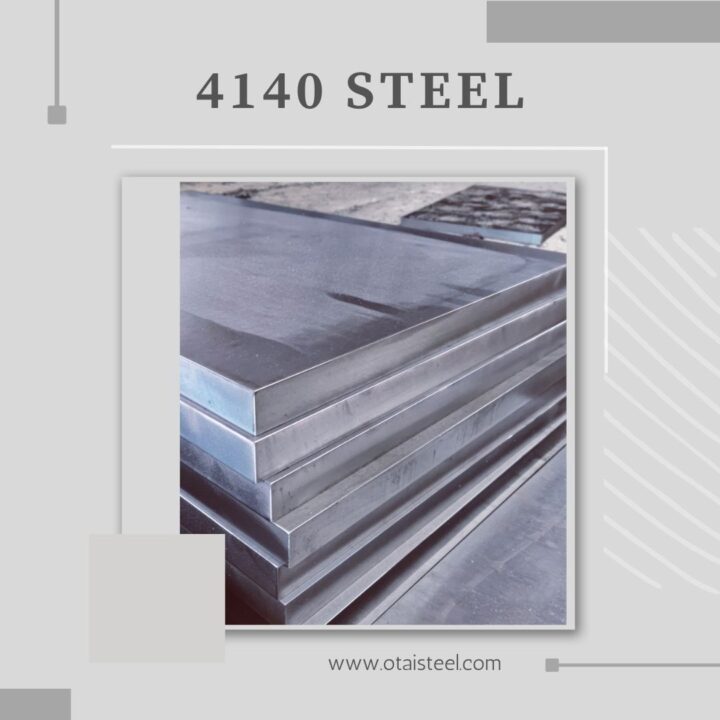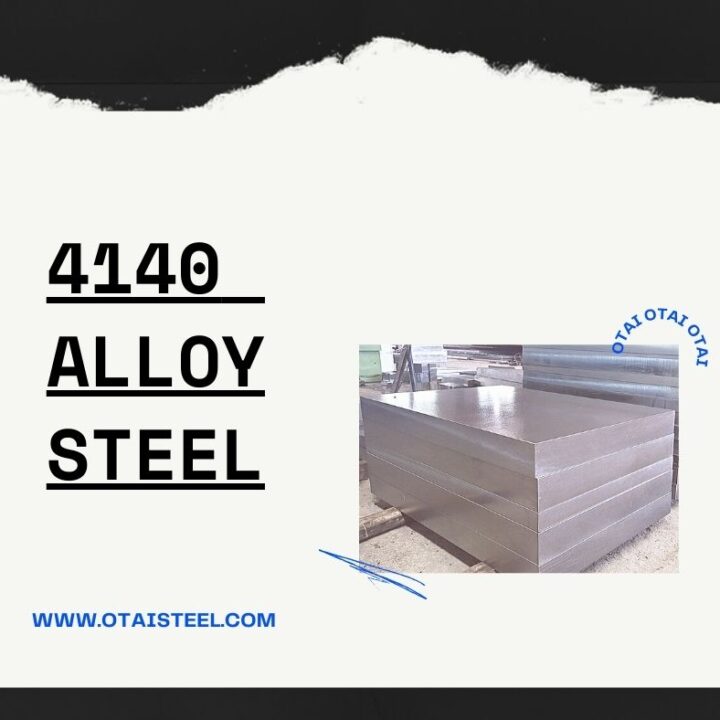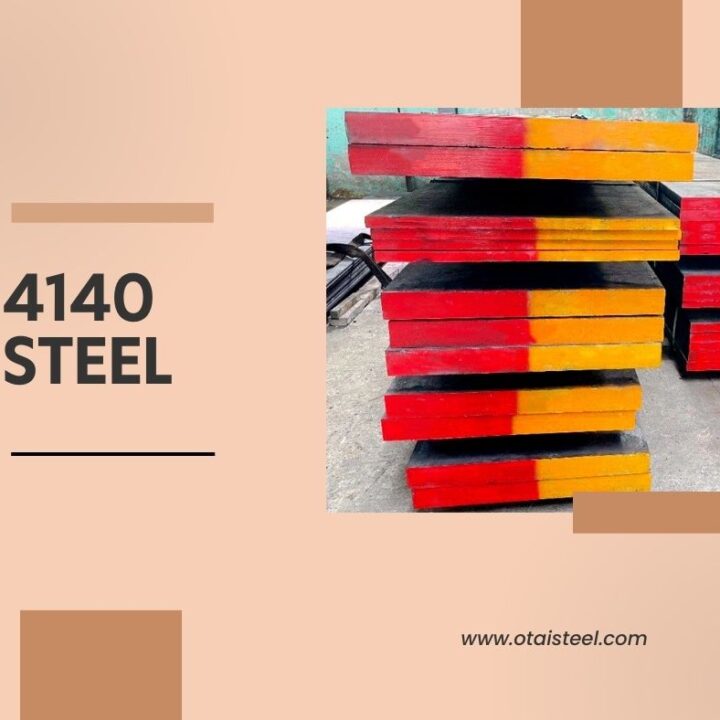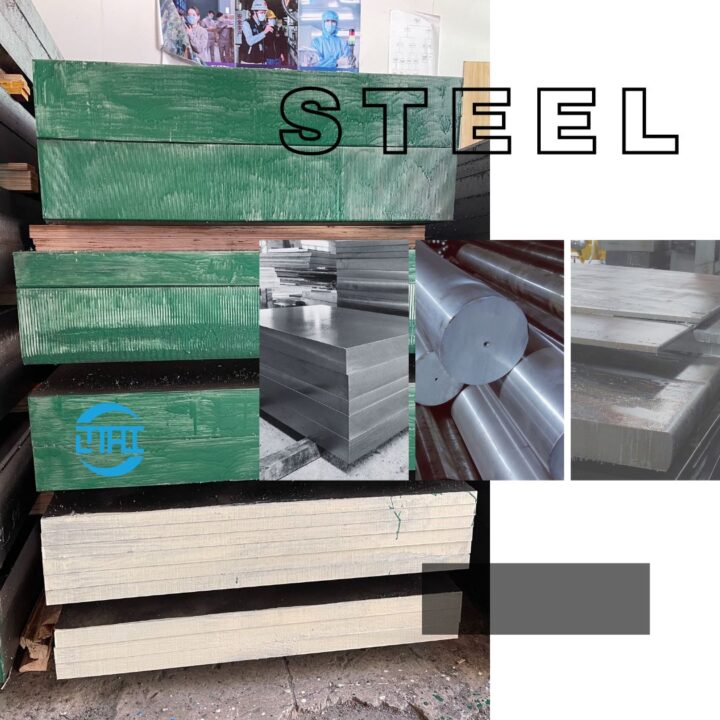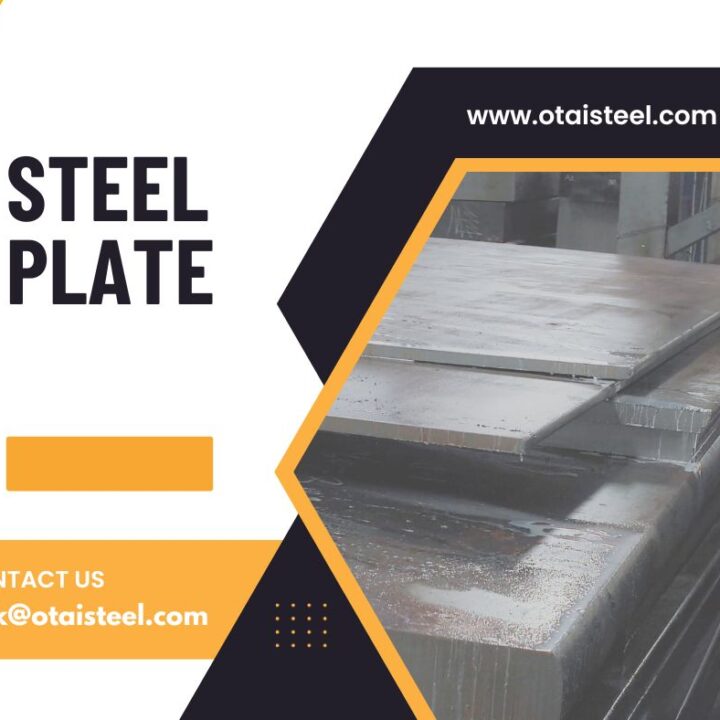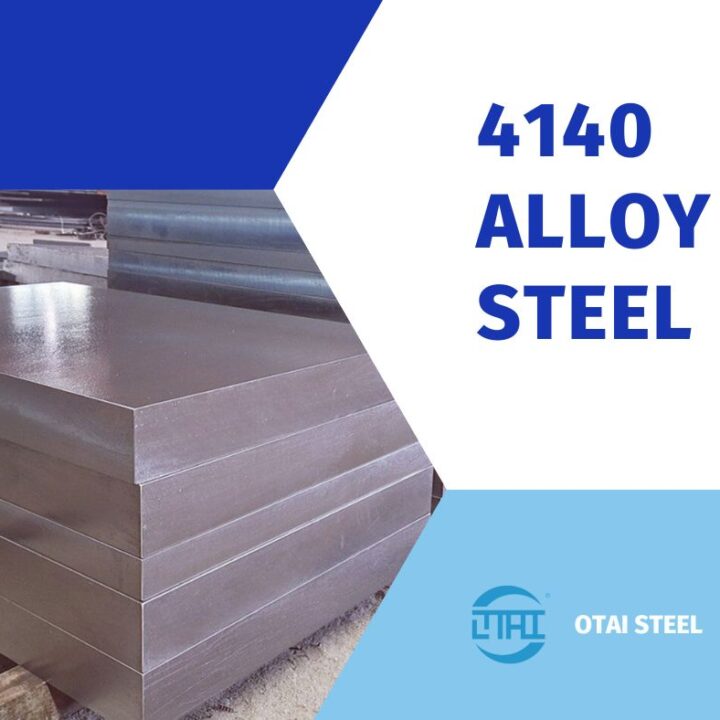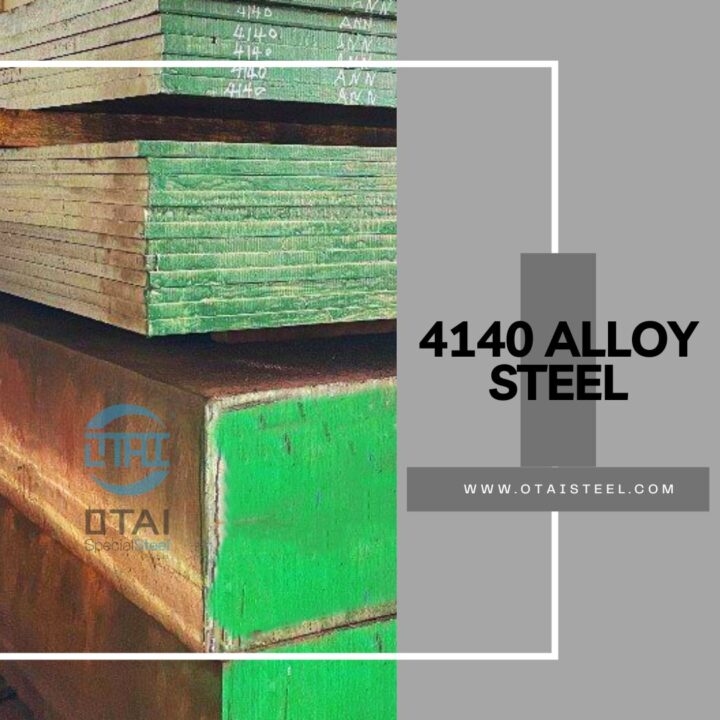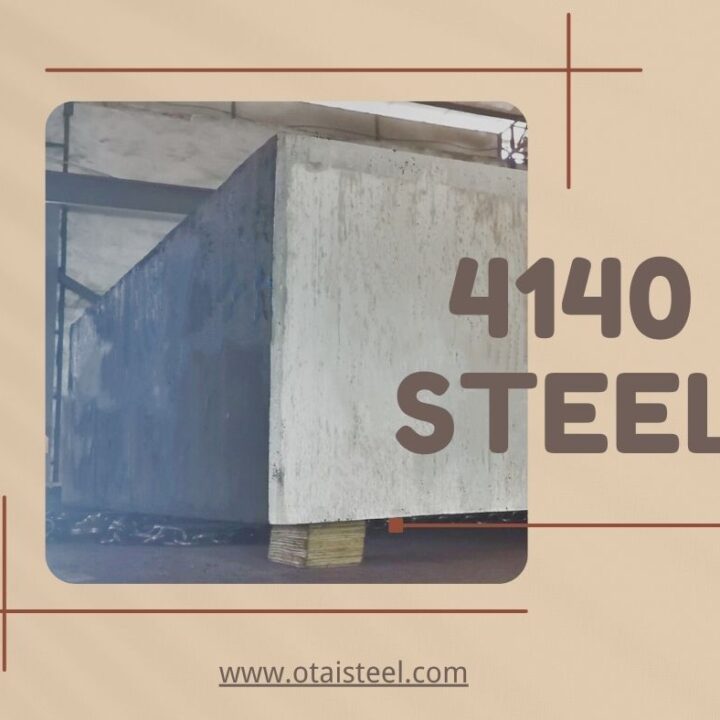Surface treatments can significantly impact the wear resistance of 4140 steel. Wear resistance is the ability of a material to resist damage caused by rubbing or sliding against another material. It can lead to loss of material or deformation of the surface. Surface treatments can enhance 4140 steel’s wear resistance by improving the surface hardness, reducing friction, and increasing surface durability.
One common surface treatment for improving 4140 steel’s wear resistance is hardening.
Hardening involves heating the steel to a high temperature and then rapidly cooling it, which increases the steel’s hardness and strength. This can improve the steel’s wear resistance, making it more durable and resistant to damage.
Another surface treatment for improving wear resistance is nitriding.
Nitriding involves exposing the steel to a nitrogen-rich atmosphere at high temperatures, which causes nitrogen atoms to diffuse into the surface of the steel. This process creates a hard surface layer that can improve wear resistance and reduce friction.
Coatings can also be applied to the surface of 4140 steel to improve its wear resistance.
For example, chromium or nickel coatings can be applied to the surface of the steel, which can enhance its corrosion resistance and wear resistance. Similarly, ceramic coatings can also be applied to the surface of the steel, which can improve its hardness, wear resistance, and reduce friction.
Surface treatments can have a significant impact on 4140 steel’s wear resistance. By selecting the appropriate surface treatment, manufacturers can improve the durability and longevity of 4140 steel components. It can reduce maintenance costs and increasing the efficiency of equipment and machinery in a wide range of industries.
